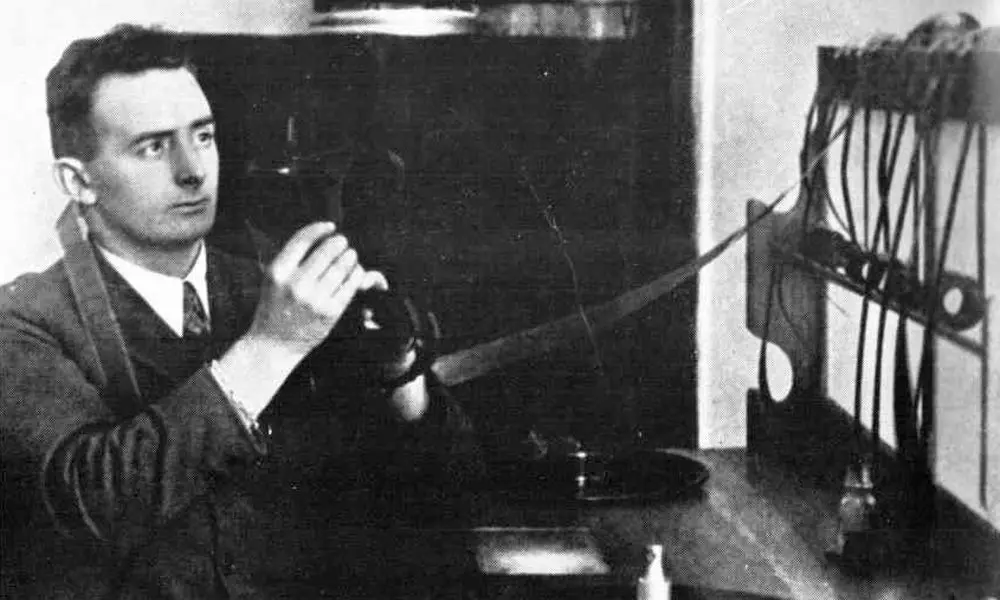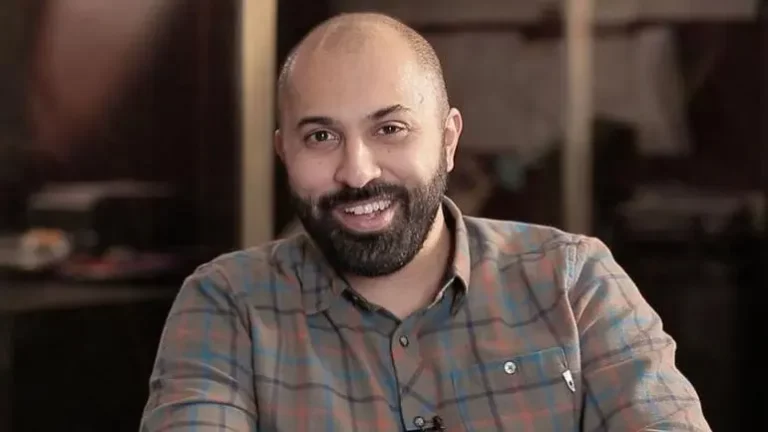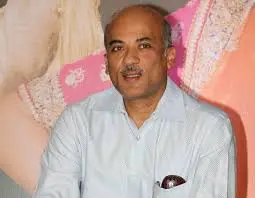Dziga Vertov Biography: Early Life, Career, and Achievements
Dziga Vertov, a pioneering Soviet filmmaker and theorist, is a seminal figure in cinema history. Renowned for his innovative approach to filmmaking and his role in developing documentary cinema, Vertov’s work revolutionized how stories were told on film. His influential concepts, including the idea of the “Kino-Eye,” emphasized capturing reality with an unfiltered lens, making him a key architect of modern cinematic techniques. His contributions have left an enduring impact on both documentary filmmaking and the broader cinematic landscape.
Early Life and Childhood
- Born in the Russian Empire, Dziga Vertov was raised in an intellectually stimulating environment that nurtured his creative instincts.
- He developed an early fascination with technology and sound, which later influenced his cinematic work.
- He attended educational institutions where he began exploring the intersection of art, science, and society.
- During his youth, he engaged with revolutionary ideas that shaped his perspective on art as a tool for social change.
- His early exposure to avant-garde movements inspired him to experiment with new forms of storytelling in cinema.
Full Information
| Detail | Information |
|---|---|
| Full Name | David Abelevich Kaufman |
| Nickname | Dziga Vertov |
| Birth Date | January 2, 1896 |
| Age | Deceased (Died on February 12, 1954) |
| Place of Birth | Białystok, Russian Empire (now Poland) |
| Nationality | Russian |
| Profession | Filmmaker, Theorist |
| Height | Not widely documented |
| Weight | Not widely documented |
| Eye Color | Not widely documented |
| Hair Color | Not widely documented |
| Gender | Male |
| Religion | Not widely documented |
| Languages Spoken | Russian, Yiddish |
Family Members
| Family Member Name | Relation |
|---|---|
| Elizaveta Svilova | Wife |
| Mikhail Kaufman | Brother (Cinematographer) |
| Boris Kaufman | Brother (Cinematographer) |
Professional Achievements
Dziga Vertov is celebrated for his groundbreaking work in documentary filmmaking and cinematic theory. He introduced the “Kino-Eye” concept, advocating for a form of cinema that captured reality in its purest form. His most famous work, Man with a Movie Camera (1929), remains a monumental achievement in film history, showcasing his innovative use of editing and camera techniques. Vertov’s contributions to the development of Soviet montage theory and his influence on avant-garde cinema have solidified his legacy as a pioneer of the documentary genre.
Net Worth and Income
Dziga Vertov’s net worth and income details are not widely documented, as he worked when the concept of personal wealth in the Soviet Union was not emphasized. His contributions were primarily artistic rather than financial, and he was more focused on advancing cinematic techniques and theories than on accumulating personal wealth. Vertov’s legacy, however, lies in his profound impact on the world of cinema rather than any monetary gain.
Movies List
| Movie Title | Year |
|---|---|
| Anniversary of the Revolution | 1918 |
| The Battle of Tsaritsyn | 1920 |
| History of the Civil War | 1921 |
| Kino-Pravda (Newsreel series) | 1922-1925 |
| Forward, Soviet! | 1926 |
| A Sixth Part of the World | 1926 |
| The Eleventh Year | 1928 |
| Man with a Movie Camera | 1929 |
| Enthusiasm (Symphony of the Donbass) | 1931 |
| Three Songs About Lenin | 1934 |
| Lullaby | 1937 |
| For You, Front! | 1942 |
| News of the Day | 1944-1953 |
Frequently Asked Questions
What is Dziga Vertov best known for?
Dziga Vertov is best known for his pioneering work in documentary filmmaking, particularly his film Man with a Movie Camera.
What was the “Kino-Eye” concept introduced by Vertov?
The “Kino-Eye” was Vertov’s concept of using the camera as an objective eye, capturing reality in a way the human eye could not, free from bias and manipulation.
What impact did Dziga Vertov have on documentary filmmaking?
Vertov revolutionized documentary filmmaking by emphasizing realism, innovative editing techniques, and the use of montage to convey deeper meanings.
Did Dziga Vertov work in any other artistic fields?
Vertov was primarily focused on filmmaking but also contributed to film theory, writing extensively about his ideas and philosophies on cinema.
Which film by Dziga Vertov is considered a classic?
Man with a Movie Camera (1929) is widely regarded as a classic and a landmark in cinema history.
What themes did Vertov explore in his films?
Vertov explored themes such as social progress, the power of technology, and the importance of capturing reality as it is.
How did Vertov’s work influence future filmmakers?
Vertov’s innovative techniques, particularly his montage and experimental editing, have influenced generations of filmmakers, from documentary to experimental cinema.
What role did Dziga Vertov play in Soviet cinema?
Vertov was a key figure in Soviet cinema, contributing to the development of the documentary genre and promoting the use of film as a tool for social and political change.
Was Dziga Vertov involved in any significant film movements?
Yes, Vertov was a central figure in the Soviet avant-garde film movement, which sought to push the boundaries of traditional filmmaking.
Are there any documentaries or books about Dziga Vertov’s life and work?
Several documentaries and books explore Vertov’s life, his contributions to cinema, and his influence on the film industry.
More Related post: Stanislav Rostotsky Biography
Conclusion
Dziga Vertov’s legacy in cinema is profound innovation and lasting influence. As a pioneer of documentary filmmaking, his concepts and techniques, particularly the “Kino-Eye” and his groundbreaking use of montage, continue to inspire filmmakers and theorists today. Through films like Man with a Movie Camera, Vertov pushed the boundaries of what cinema could achieve, blending art with social commentary and challenging audiences to see the world in new ways. His work remains a cornerstone of film history, and his contributions to the craft are celebrated as visionary achievements shaping the evolution of documentary and experimental cinema.






